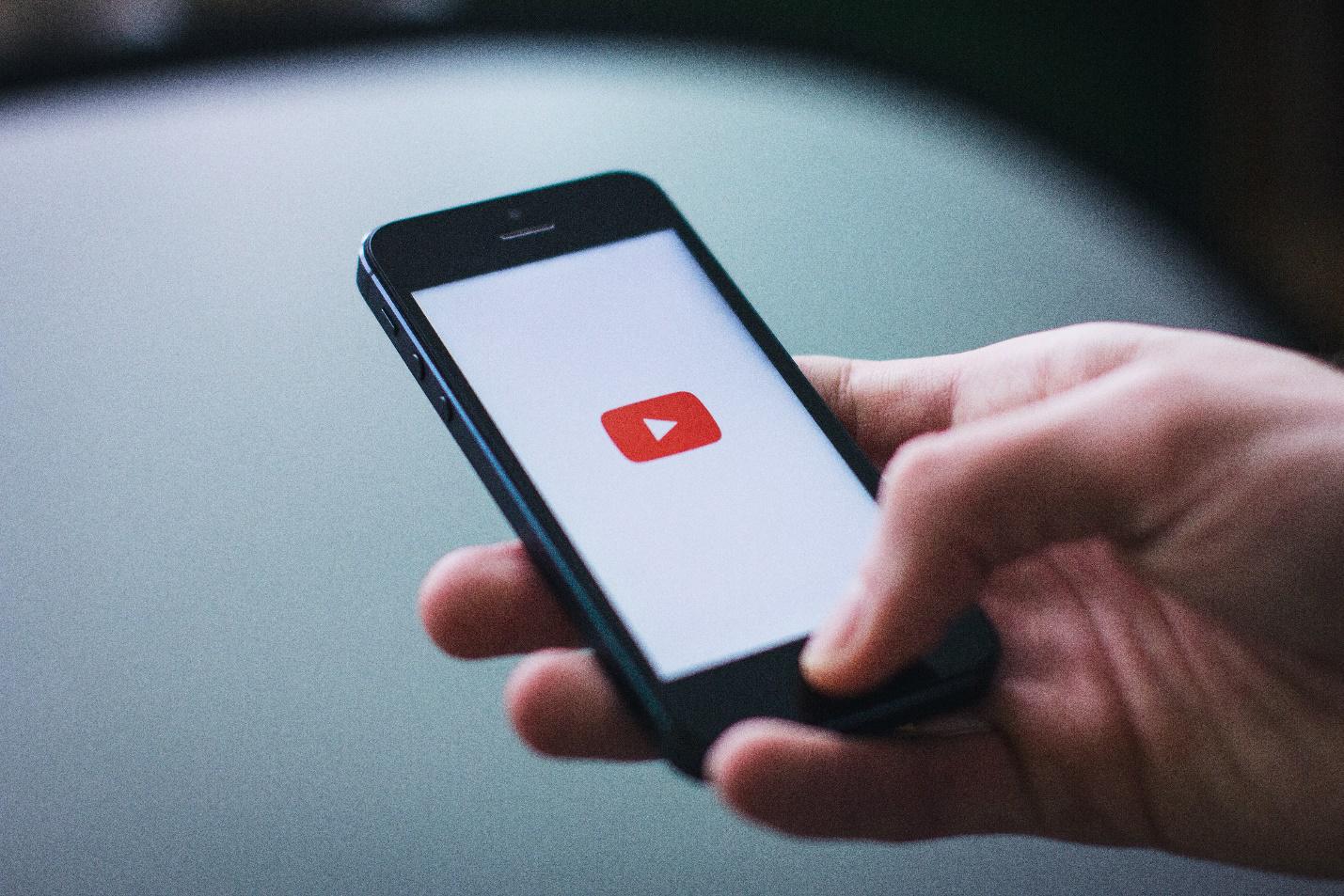MARKETING
YouTube, the Perfect Medium for Authoritative Influencer Content

Ah YouTube, home to everything from shaky handed rock concert videos and funny kitten compilations to detailed explainer videos on how to stop that annoying leak in the washing machine.
While it is true that YouTube was initially designed with an emphasis on entertainment purposes in earlier years, its maturation has unleashed endless possibilities for B2C and B2B brands alike, almost like a reverse LinkedIn which now attempting to appeal to a broader non-business audience.
With its gradual maturation over the past decade, a shift has occurred within the overall influencer ecosystem. Traditional celebrity style aspirational influencers are still very much en vogue, when the need among brands is to pitch a product or service that has broad market appeal, but with an expanding overall pie we see the growth of expert, authoritative influencers.
What is authoritative influence?
Influencer marketing typically buckets influencers into three general areas: aspirational, authoritative, and peer.
Described briefly above, aspirational influencers are the most commonly thought of by those outside of the industry — these are the celebrities that sell us on what soft drink to imbibe, which car insurance to choose, or which phone carrier to pick. They are best suited for huge audiences where the buyer persona can be most anyone.
Peer influencers are your friends, your family, and your co-workers. They are the person that would sit next to you at industry conferences back when we could be within six feet of each other. Peer influence is highly trusted as a digital representation of what we used to refer to as word of mouth marketing. If a recommendation to see a movie comes from a friend with similar taste, the likelihood of you trusting that recommendation is high. Peer influence is used all throughout B2C and B2B industries; its limitation is primarily in audience size of the peers, which requires working with aggregate groups in many cases.
Finally, we have authoritative influencers. These are the recognized experts within narrowly defined industries. In the washing machine example from the introduction, an authoritative individual would be the mechanical genius explaining the art of machine repair to an all-thumbs novice consumer. However, the expertise is narrow — that same washing machine expert putting out material on ideal website architecture for SEO may fall flat. Brands hire authoritative influencers both for market trust as well as to help explain complicated concepts.
What type of content works best to convey authoritative influence?
When thinking of the type of content that would work best for experts, one needs to consider what is required for experts to prove themselves: time. It takes time and effort to explain difficult concepts, which means long format content is the preferred mechanism vs short bursts like a TikTok video or a singular image served up on Pinterest.

The two best content formats therefore are long-format blog posts and videos. For the sake of argument, blogs are too decentralized to act as the primarily point of kick off on deep explainer content, but we’ll come back to them later. The kickoff should be a deep, deep explanation video.
Why YouTube?
If one is looking to release video on the Internet, YouTube is usually the default option. Not only is it so normalized as for pre-roll ads to not be problematic, it comes with a gigantic baked in audience.
Further, it is designed a bit differently from other video platforms in that one can expectedly collaborate with non-owned channels in an influencer arrangement. This makes it the perfect medium for discovering the appropriate experts by their existing channel content and working with them on an authoritative influencer basis.
How can brands make the most use of YouTube’s authoritative influencers?
There are, of course, multiple ways to initially find the appropriate authority for a brand’s needs, whether via an influencer platform, a content research tool, or browsing YouTube itself. This is the first step though, when it comes to identifying the specific influencers to work with.
Once an agreement is in place, the video content will almost certainly need to be planned out to take into account who the expected buyer persona is that’s being targeted and how the expert can appropriately convey the required ‘how to’ content in a way that speaks to that persona. If the right influencer channel is selected based on its existing audience, the fit should be readily apparent based on immediate engagement from within description links and corresponding search queries.
Amplify video content with bloggers.
After the right videos exist we can explore working on amplification and enrichment, which means incorporating bloggers which we alluded to earlier. From a SEO perspective, it’s a recognition that bloggers are worth a lot more than just their links as they can send high quality traffic in an exciting way.
For this, step one will be looking for a combination of reaction posts to the original video content, acting as a secondary influencer layer. Obviously this works well for SEO purposes in posts that link to the brand, but further by embedding the YouTube videos, engagement is driven back to the initial content push, helping it to rank in both YouTube and Google.
Finally, lead capture.
As an end stage of this concept, the highest quality videos that receive a bit more branding can be used on a brand’s landing page. This landing page should be used in the video description links and as a destination from the bloggers.
Examples like this branded video that we used on our own site can be embedded in an attempt to signal psychological sameness based on referral traffic coming in from YouTube, allowing enterprises to even utilize the deep explainer content for lead gen purposes. Swapping out landing page elements can be handled with just a little bit of JavaScript and can go a long way in helping to overcome lead conversion objectives simply on the basis of satisfying multiple consumer touchpoints (a blog post, a youtube video, and now recognition of referral on the landing page itself).
This simple YouTube strategy has become my personal favorite in these cases. If your product requires explanation, YouTube is perfect for that via authoritative influencers.
If it has the right appeal, aspirational influencers from YouTube can act as both a great broadcast channel and a way to establish expertise by proxy.
